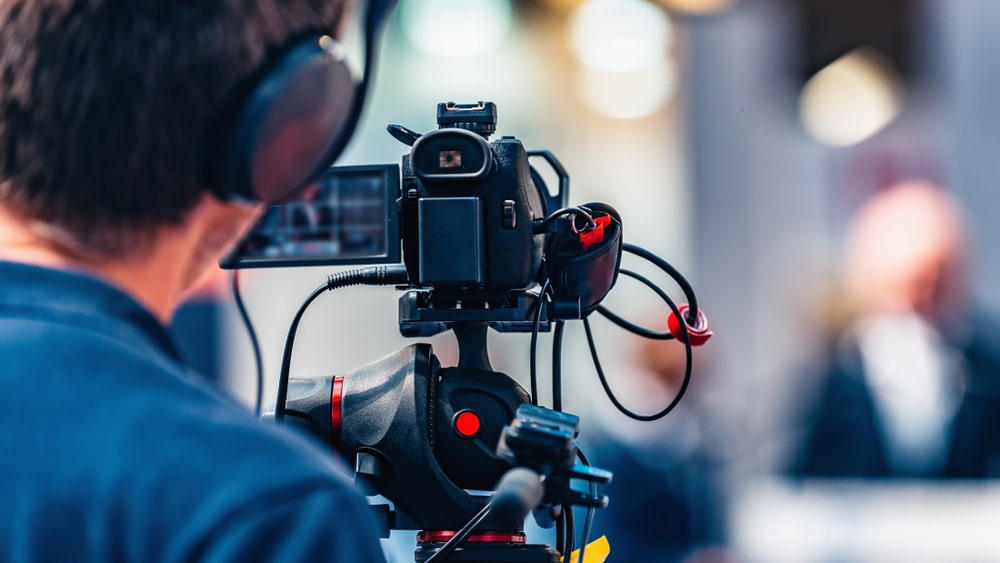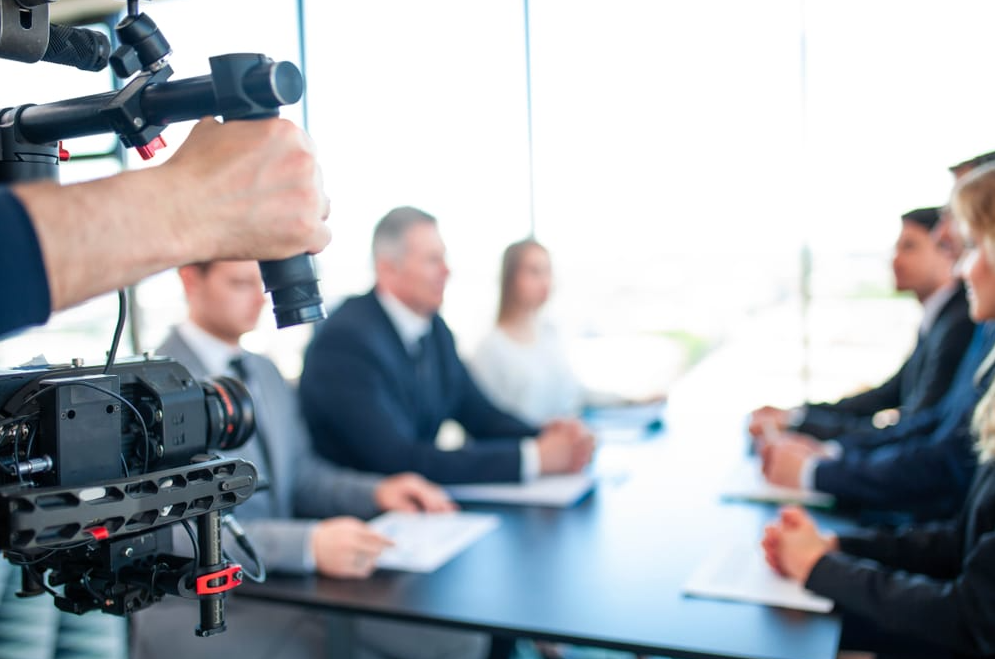Why Lawful Videography Is Necessary for Accurate Legal Record-Keeping
In the world of lawful process, the precision of record-keeping is vital, and lawful videography emerges as an important tool in this context. As we explore the multifaceted benefits of lawful videography, one need to consider its ramifications for the future of judicial stability and transparency.
Significance of Visual Evidence
Developing the relevance of aesthetic evidence in legal proceedings is extremely important for making certain exact record-keeping and enhancing the general honesty of the judicial procedure. Visual evidence acts as a vital tool in documenting occasions, conditions, and other pertinent information that may be important to a case. Unlike created accounts, which are prone to interpretation and bias, aesthetic recordings offer an objective, unalterable depiction of truths as they occurred.


This type of proof can catch a selection of elements, consisting of witness habits, ecological context, and physical evidence, every one of which might influence judicial end results. By presenting a clear and detailed aesthetic narrative, lawful videography removes ambiguity and assists to maintain the authenticity of the proof.
In addition, visual evidence can be critical in reducing conflicts over valid discrepancies, as it enables a straight contrast versus testimony and other documented documents. In a period where digital technology is progressively widespread, the ability to present visual evidence successfully can dramatically enhance the overall high quality of legal procedures. Inevitably, the unification of visual evidence not only reinforces the paperwork procedure yet additionally enhances public rely on the judicial system by promoting transparency and accountability.
Enhancing Testimony Integrity
The integration of lawful videography right into court procedures substantially enhances the integrity of witness testament. By recording the nuances of verbal and non-verbal interaction, video clip recordings offer a more comprehensive depiction of a witness's attitude, emotions, and reliability. This aesthetic paperwork allows jurors to observe the witness's body movement, face expressions, and overall behavior, which are critical parts that can influence their assumption of statement trustworthiness.
Additionally, lawful videography minimizes the potential for false impression or distortion of statement that may happen in written records. Audiences can see and listen to the testimony as it was offered, making sure that the context and tone are preserved. This credibility fosters a higher feeling of depend on amongst jurors, who might be more likely to believe statement that they can witness firsthand.
Additionally, the existence of video clip footage can discourage witnesses from giving misleading or overstated statements, as they know that their testament is being tape-recorded. This liability reinforces the honesty of the judicial process. Inevitably, lawful videography functions as an important device in ensuring that witness statement is not just accurately illustrated but likewise checked out with enhanced trustworthiness by all parties involved.
Comprehensive Record Conservation
Comprehensive record preservation is vital for keeping the honesty of legal procedures. Legal videography acts as an essential tool in this process, supplying an exact visual and auditory account of testimonies, depositions, and other essential minutes in a case. Unlike conventional written transcripts, video recordings catch the subtleties of body language, Find Out More tone, and feeling, which are essential for comprehending the context and intent behind statements made during legal proceedings.

Moreover, the ability to review video clip evidence permits attorneys to recognize vital details that might have been neglected in created records. By maintaining a detailed archive of legal process with videography, law firms can copyright the highest possible standards of precision and responsibility, inevitably contributing to a important link fairer judicial procedure.
Improving Lawful Proceedings
Simplifying legal process is important for boosting efficiency and lowering delays within the judicial system. Lawful videography acts as an essential device in accomplishing this objective by providing clear and precise aesthetic documentation of court hearings, depositions, and statements. This technology enables for real-time recording, ensuring that all verbal and non-verbal hints are recorded, which can help with try this out quicker resolution of conflicts.
The assimilation of videography into legal procedures decreases reliance on conventional approaches, such as extensive transcripts, which can be lengthy to generate and assess. By having access to taped video, lawyers can promptly reference vital moments, enhancing their ability to prepare and present situations properly. This immediacy additionally aids in the clarifying of statements, minimizing the possibility for false impression.
Moreover, visual documentation fosters a much more appealing court experience for jurors, assisting them to comprehend complicated info quicker. Inevitably, lawful videography enhances interaction among all celebrations included, from attorneys to judges to jurors, thereby advertising an extra reliable judicial procedure (legal videography). In an age where time is important, embracing this technology is vital for the modern lawful landscape
Admissibility in Court
Exact paperwork is crucial not only for efficiency yet additionally for making sure that evidence is admissible in court. Lawful videography acts as an important tool in this process, giving a trusted aesthetic record of testimonies, declarations, and events. Courts frequently call for proof to meet details requirements of admissibility, including importance, authenticity, and reliability. High-grade video clip recordings can satisfy these standards by catching clear sound and visual details that composed transcripts might neglect.
To be considered admissible, legal videography has to follow well-known procedures, such as appropriate equipment usage, appropriate lights, and clear sound capture. Additionally, it is important to have qualified videographers that recognize the legal demands bordering evidence collection. The chain of protection must likewise be preserved to stop any insurance claims of meddling or alteration.
Additionally, lawful videography can boost the persuasiveness of evidence by providing jurors with a direct view of the testament, permitting a more engaged understanding of the situation. In summary, the combination of lawful videography right into record-keeping not just sustains efficiency but also boosts the stability and admissibility of proof in court process.
Verdict
In verdict, lawful videography plays a critical role in ensuring exact lawful record-keeping by offering objective aesthetic paperwork. Ultimately, the incorporation of lawful videography into the judicial procedure advertises transparency and strengthens public depend on in the stability of the legal system.
Comments on “Advanced Legal Videography for Mediations.”